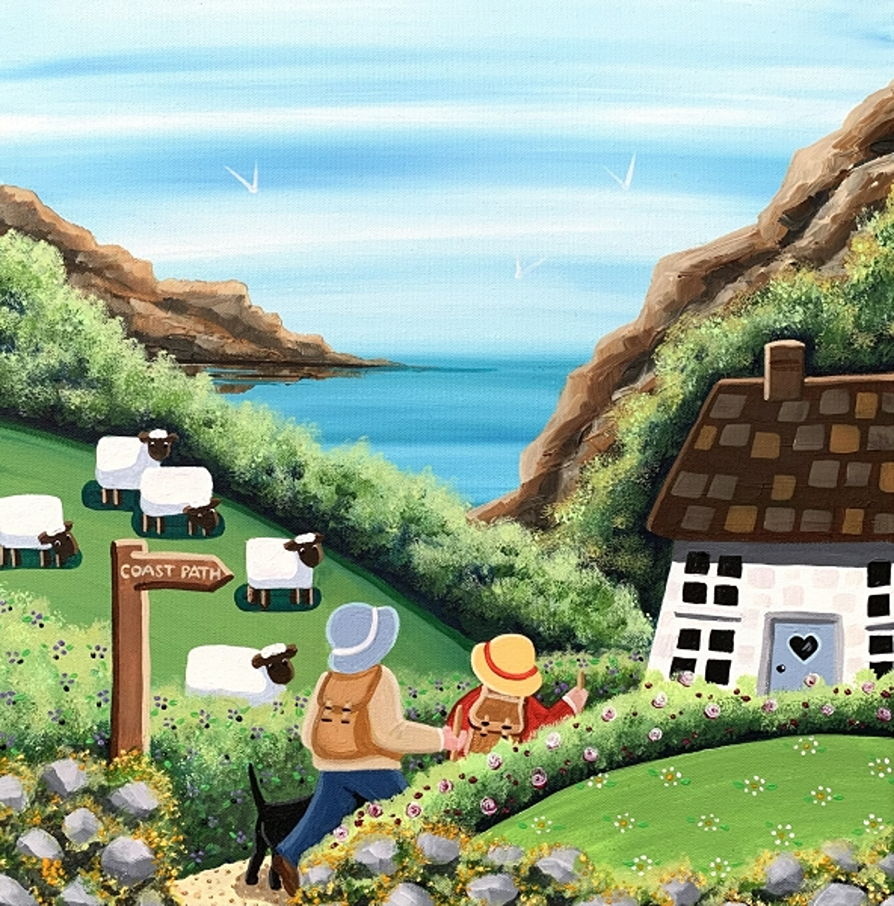The Wash in East Anglia (England’s largest estuary)

The Wash is a square-shaped bay and estuary on the East Coast, where Norfolk meets Lincolnshire (just above). It’s home to some of the best saltmarshes and mudflats in England, fed by the rivers Witham, Welland, Nene and Great Ouse.
Freiston’s sea wall has been adapted to increase the saltmarshes to give more habitats for wading birds, and acts as natural flood prevention.
This is a birding paradise, with hundreds of thousands of birds migrating here, to and from the Arctic, Siberia and Africa. In particular oystercatchers (above), sanderlings, knots and redshanks. Under the water are coral-forming worms, cockles, starfish and crabs.
The Wash can also be home to quicksand, so avoid walking on areas with warning signs. Read more on keeping safe near quicksand and keeping dogs safe by the seaside.
Keep at least 50 metres away from wading birds, as flying away wastes energy that could be used for feeding (they need more space at high tide). Keep dogs away, as disturbing nests could cause birds to abandon chicks.
The Wash supports the largest non-breeding population of waterbirds in England, and is a critical stopover point, for birds migrating from Africa and the Arctic. It’s also home to many common seals (who give birth on the sandbanks in summer. Read more on helping native seals.
The area also is an important nursery area for fish, and provides important habitats for wildfowl and many other species.
In recent years, many previously wild areas have been turned into farmland. Of course when not organic, this means run-off pollutes The Wash and could cause dangerous algae blooms. One shellfishery that was over-exploited in the 80s and 90s, led to a decline in waterbird populations.
Today, the area is a designated Special Protection Area, and thankfully such things should not be able to occur again. Efforts are also underway to reinstate tidal flats and marshes.
The Loss of King John’s Baggage
In 1216, King John took a safer route while travelling from King’s Lynn to Lincoln. But men and horses died, when his baggage train (which contained the crown jewels) was lost in a fast-moving tide, near what is now Sutton Bridge.
Kin John became ill and died a week later. And the wagons have never been found.






